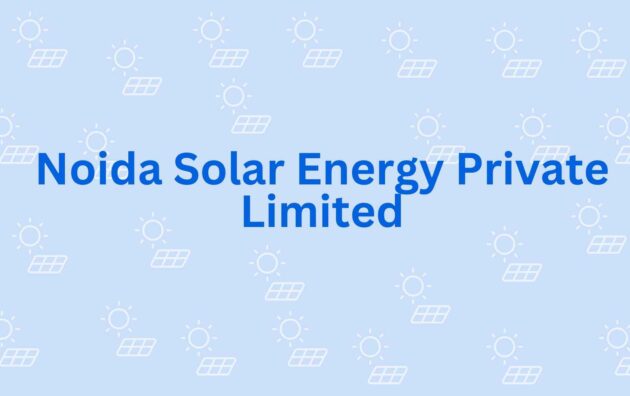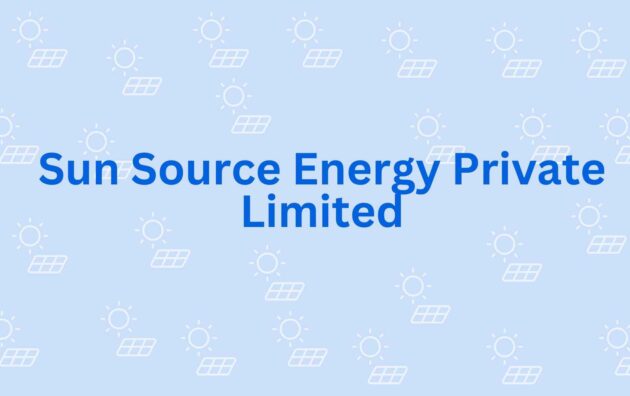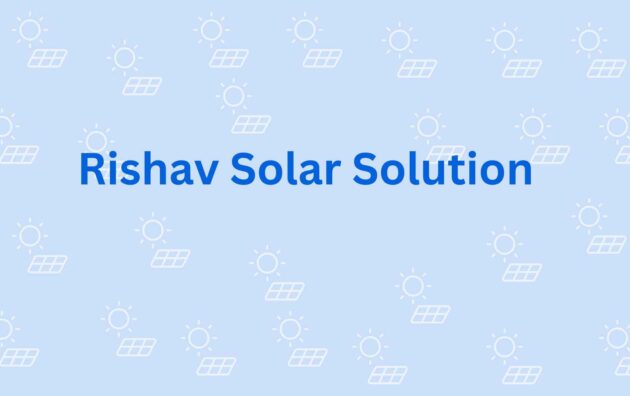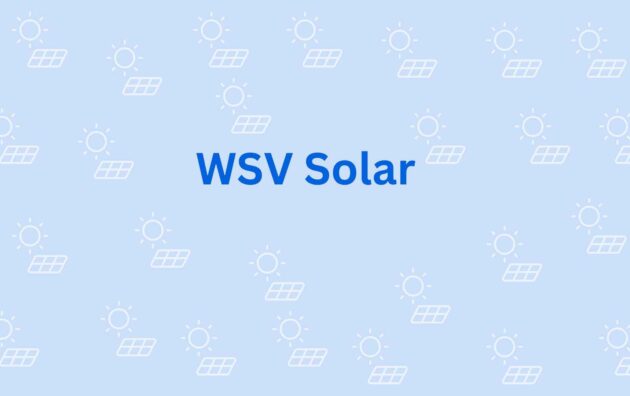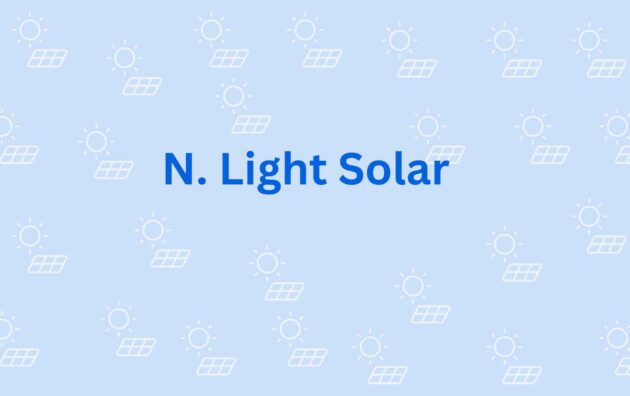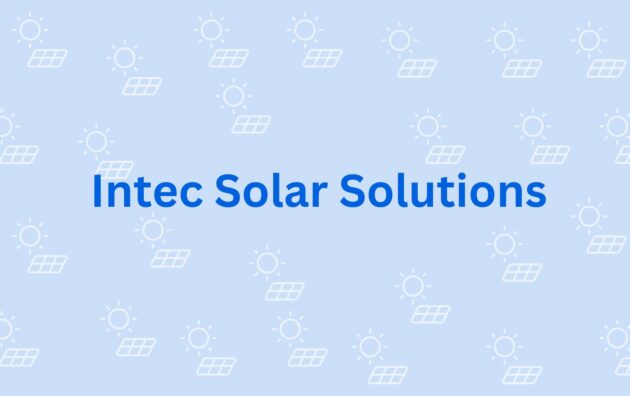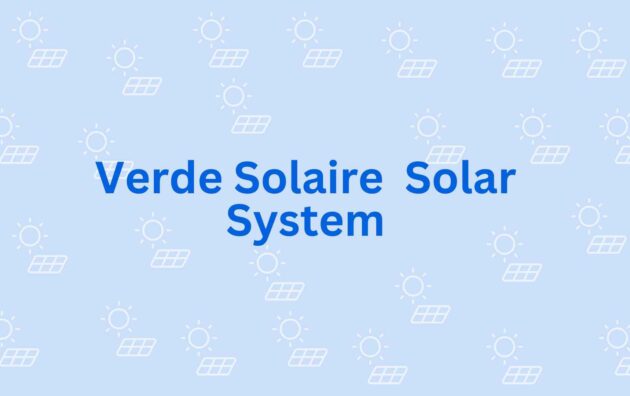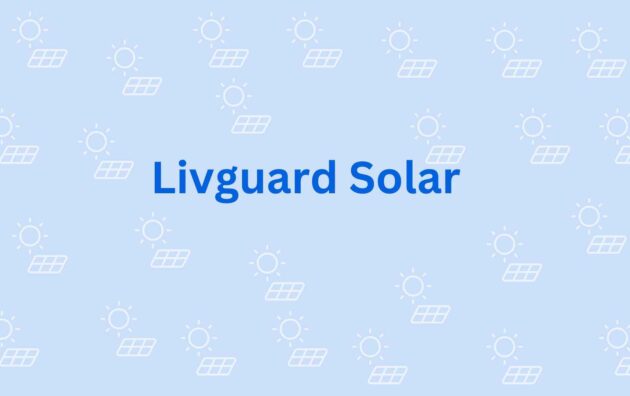Solar Appliances
- Home
- Solar Appliances
Frequently Asked Questions (FAQs)
Solar panel generate electricity from sunlight using solar panels. This electricity powers the motors and propellers, allowing the plane to fly.
Solar planes offer several advantages, including reduced carbon emissions, lower operating costs (as sunlight is free), and increased energy efficiency compared to traditional fossil fuel-powered planes.
Solar planes store excess energy in onboard batteries, allowing them to fly during periods of low sunlight, such as at night or in cloudy weather.
The range of a solar plane depends on various factors, such as its design, energy storage capacity, and weather conditions. Some solar planes have managed to complete transcontinental flights.
Currently, solar planes are not used for commercial flights due to their limited passenger capacity and range. However, they are used for research, demonstrations, and promoting renewable energy.
The charging time for a solar plane depends on the size of its solar panel array, the available sunlight, and the capacity of its batteries. Typically, it takes several hours to fully charge a solar plane.
Solar planes are designed with safety in mind and undergo rigorous testing and certification processes. However, like any aircraft, safety precautions and protocols must be followed to ensure safe operation.
The cost of a solar plane can vary depending on its size, technology, and features. Generally, solar planes are more expensive than traditional aircraft due to the advanced solar technology and limited production scale.
Yes, some solar planes are designed to carry passengers, but their capacity is limited compared to conventional passenger planes. They are often used for short flights or sightseeing purposes.
Maintenance for a solar plane involves regular inspections of the solar panels, batteries, and electrical systems. Additionally, the aircraft’s structure and other components require routine maintenance, like traditional aircraft.
Solar planes are not commonly used for cargo transport due to their limited payload capacity. However, there have been experimental projects exploring the use of solar planes for small-scale cargo transport.
Yes, operating a solar plane is subject to aviation regulations and guidelines set by the relevant aviation authorities in each country. Pilots must adhere to these regulations and obtain appropriate licenses.
Currently, solar planes are not suitable for long-haul flights due to their limited range and energy storage capacity. However, advancements in technology may increase their capabilities in the future.
The endurance of a solar plane depends on various factors, including weather conditions, battery capacity, and energy efficiency. Some solar planes have managed to stay airborne for several days.
Solar planes are equipped with energy storage systems, typically in the form of batteries. In the event of low energy levels, the pilot must make necessary preparations for landing at an appropriate location.
The lifespan of solar panels on a solar plane depends on various factors, such as the quality of the panels, environmental conditions, and maintenance. Generally, solar panels can last for 15 to 25 years or more.
Currently, there are limited options for commercial solar planes available for purchase. Most solar planes are still in the experimental or developmental stage.
The future of solar planes holds promise, as advancements in solar technology and aircraft design continue to evolve. With increased efficiency and energy storage capabilities, solar planes may become more viable for various applications in the aviation industry.


